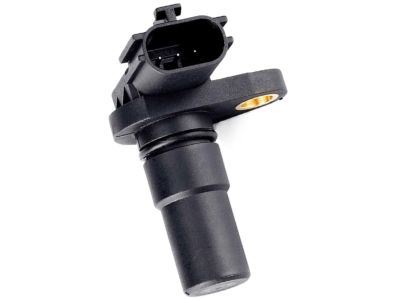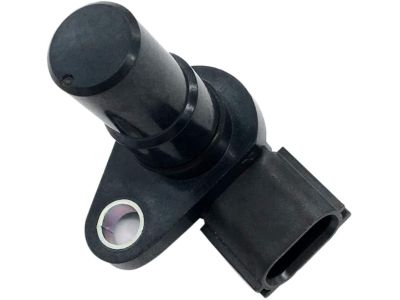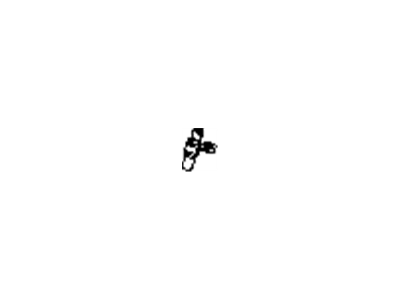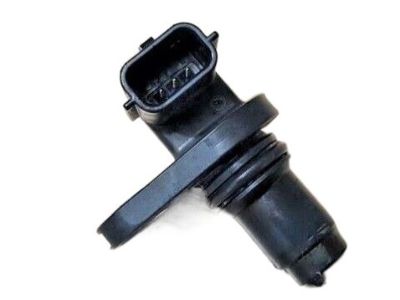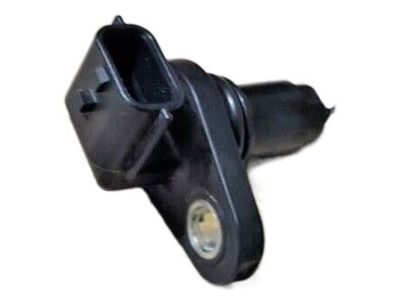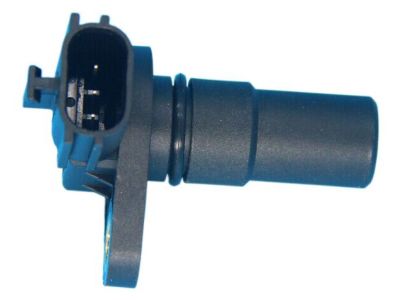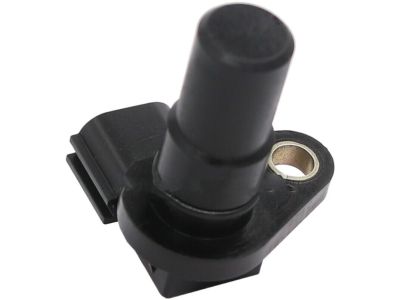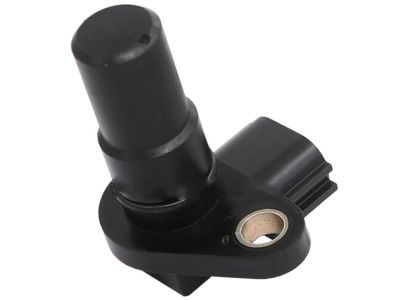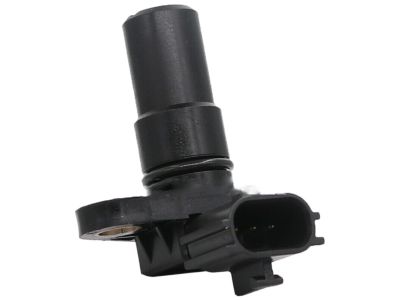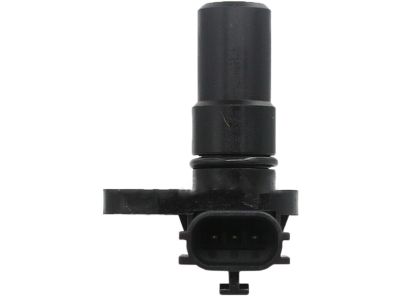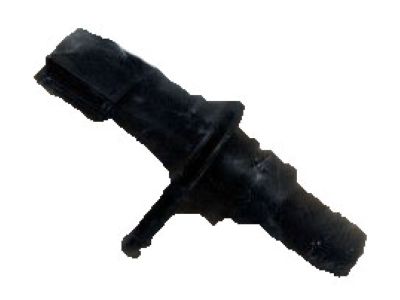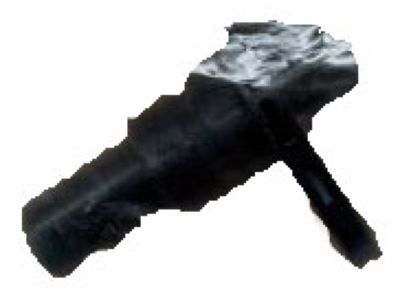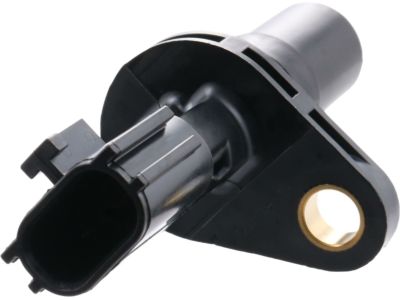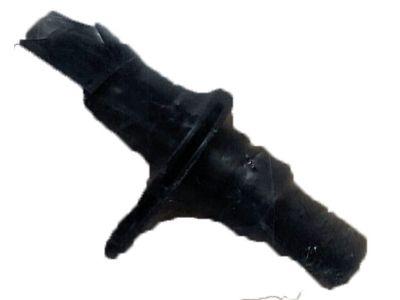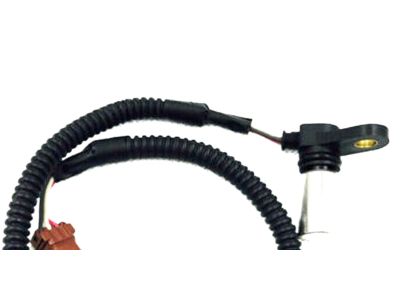×
- Hello
- Login or Register
- Quick Links
- Live Chat
- Track Order
- Parts Availability
- RMA
- Help Center
- Contact Us
- Shop for
- Nissan Parts
- Nissan Accessories

My Garage
My Account
Cart
Genuine Nissan Versa Vehicle Speed Sensor
VSS- Select Vehicle by Model
- Select Vehicle by VIN
Select Vehicle by Model
orMake
Model
Year
Select Vehicle by VIN
For the most accurate results, select vehicle by your VIN (Vehicle Identification Number).
9 Vehicle Speed Sensors found

Nissan Versa Sensor Assembly-Revolution
Part Number: 31935-8E007$170.78 MSRP: $241.22You Save: $70.44 (30%)Ships in 1-3 Business Days
Nissan Versa Sensor Assembly-Revolution
Part Number: 31935-1XF00$170.78 MSRP: $241.22You Save: $70.44 (30%)Ships in 1-3 Business Days
Nissan Versa Sensor Assembly-Revolution
Part Number: 31935-8E006$173.47 MSRP: $245.02You Save: $71.55 (30%)Ships in 1-2 Business Days
Nissan Versa Sensor Assembly-Revolution
Part Number: 31935-X420C$170.78 MSRP: $241.22You Save: $70.44 (30%)Ships in 1-3 Business Days
Nissan Versa Sensor Assembly-Revolution
Part Number: 31935-1XF01$107.60 MSRP: $151.98You Save: $44.38 (30%)Ships in 1-3 Business Days
Nissan Versa Sensor Assembly-Revolution
Part Number: 31935-X420D$140.25 MSRP: $198.10You Save: $57.85 (30%)Ships in 1-3 Business Days
Nissan Versa Sensor Assembly-Revolution
Part Number: 31935-3AX0B$178.53 MSRP: $252.17You Save: $73.64 (30%)Ships in 1-3 Business DaysNissan Versa Sensor Assembly-Revolution
Part Number: 31935-1XF0C$170.78 MSRP: $241.22You Save: $70.44 (30%)Ships in 1-3 Business DaysNissan Versa Sensor Assembly-Revolution
Part Number: 31935-1XF0D$107.60 MSRP: $151.98You Save: $44.38 (30%)Ships in 1-3 Business Days
Nissan Versa Vehicle Speed Sensor
If you need any OEM Nissan Versa Vehicle Speed Sensor, feel free to choose them out of our huge selection of genuine Nissan Versa Vehicle Speed Sensor. All our parts are offered at unbeatable prices and are supported by the manufacturer's warranty. In addition, we offer quick shipping to have your parts delivered to your door step in a matter of days.
Nissan Versa Vehicle Speed Sensor Parts Questions & Experts Answers
- Q: How to locat and replace speed sensors in Nissan Versa of automatic transaxles?A:This procedure applies to automatic transaxles only. On 2011 and earlier models, the output speed sensor is located on the rear of the transaxle facing the firewall. The input speed sensor is located on the front of the transaxle. 2012 and later CVT transaxles use three speed sensors: primary, secondary and output. The primary sensor is located on the outboard side of the transaxte, facing the left wheel. The secondary sensor is on the rear of the transaxfe, facing the firewall, and the output sensor is at the rear, facing the left wheel. 2013 and later 4AT transaxfe use only an output speed sensor. It is located on the top of the transaxle. For 2011 and earlier automatic transaxle models, remove the air duct and air filter housing. Remove the output sensor shield. Disconnect the electrical connector, then remove the bolt and detach the sensor from the transaxle. Discard the O-ring. Apply some transmission fluid to the new O-ring and install it on the sensor. Installation is otherwise the reverse of removal. For 2012 and later CVT transaxle models, loosen the left front wheel lug nuts. Raise the vehicle and support it securely on jackstands, then remove the left front wheel. Remove the left fender inner fender splash shield. Disconnect the speed sensor electrical connector. Remove the mounting bolt and remove the sensor. Discard the O-ring. Apply some transmission fluid to the new O-ring and install it on the sensor. Installation is otherwise the reverse of removal. For 2013 and later 4AT transaxle models, disconnect the sensor electrical connector. Raise the vehicle and support it securely on jackstands. Working from the rear of the transaxle assembly, remove the sensor mounting bolt and remove the speed sensor. Discard the O-ring. Apply some transmission fluid to the new O-ring and install it on the sensor. Installation is otherwise the reverse of removal.
Related Nissan Versa Parts
Browse by Year
2022 Vehicle Speed Sensor 2021 Vehicle Speed Sensor 2020 Vehicle Speed Sensor 2019 Vehicle Speed Sensor 2018 Vehicle Speed Sensor 2017 Vehicle Speed Sensor 2016 Vehicle Speed Sensor 2015 Vehicle Speed Sensor 2014 Vehicle Speed Sensor 2013 Vehicle Speed Sensor 2012 Vehicle Speed Sensor 2011 Vehicle Speed Sensor 2010 Vehicle Speed Sensor 2009 Vehicle Speed Sensor 2008 Vehicle Speed Sensor 2007 Vehicle Speed Sensor
